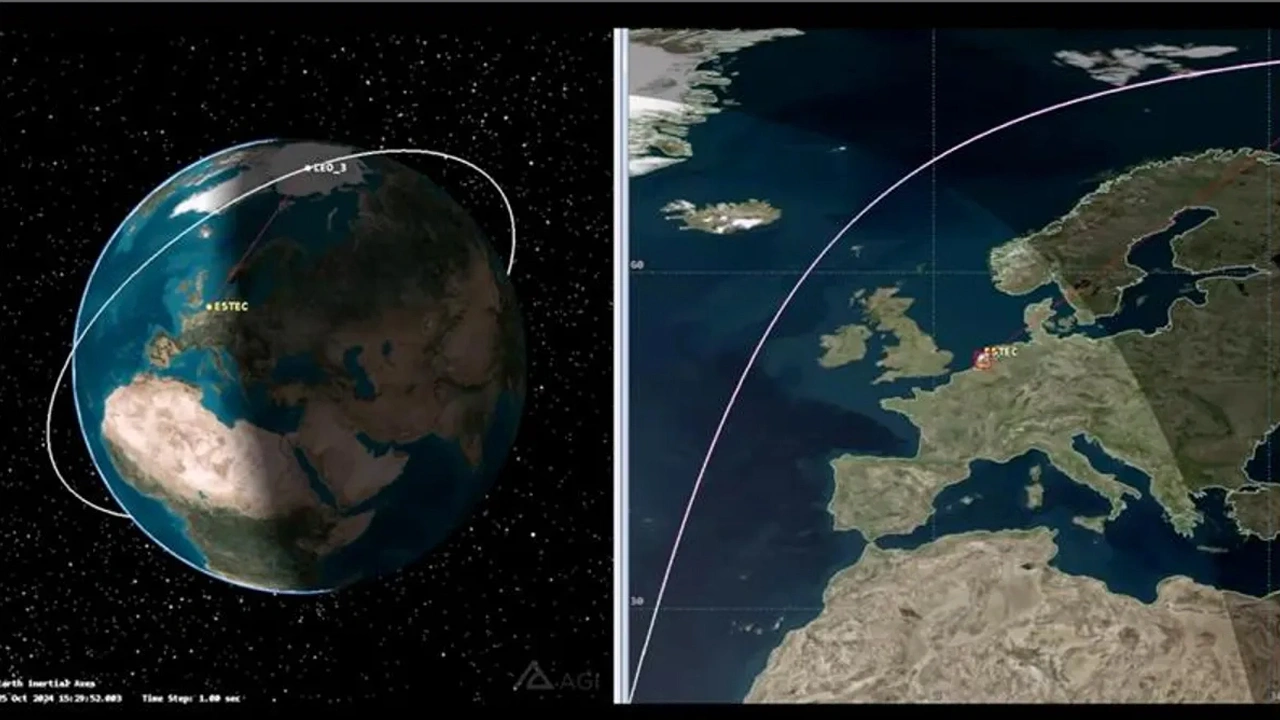Another first in space: 5G connected to satellite in low Earth orbit

The European Space Agency (ESA) and Telesat have succeeded in connecting a Low Earth Orbit (LEO) satellite to the ground using 5G Non Terrestrial Network (NTN) technology, a world first.
With this success, a major step has been taken towards space-based communication with smartphones. In addition to the use of telephones in hard-to-reach areas, such a development could bring about major changes in the way operations are managed in many areas, from coordinating emergency responses to rural healthcare delivery methods.
ESA signed a Memorandum of Understanding earlier this year to gain access to the LEO 3 satellite operated by Telesat. Using Amarisoft’s 5G technology, the team was able to establish a connection with the satellite as it travelled from the horizon to a peak altitude of 38 degrees and back down again. The connection remained stable throughout this time.
While previous experiments have been conducted with satellites in geostationary orbits, this is the first example of 5G NTN technology connecting to a fast-moving LEO satellite relative to a user on the ground.
‘This world-first experiment demonstrates ESA‘s technical excellence in advancing broadband satellite access technology,’ said Alberto Ginesi, Head of the Telecoms Systems and Techniques Division of ESA’s Technology, Engineering and Quality Directorate (TEC): ‘Building on the approval of the 3GPP standardisation groups, we have proven 5G NTN capabilities over a true non-geostationary orbital satellite link. Through this achievement, we have demonstrated ESA’s ability to support advanced satellite broadband networks and paved the way for future projects such as IRIS2.’
An important innovation in this experiment was the use of open standards instead of proprietary waveform technology. The open standards were developed by the Third Generation Partnership Project (3GPP), an international organisation that produces telecommunications standards. This means that mobile devices can eventually be connected directly to satellites, i.e. a ‘direct-to-device’ connection can be established. Since this connection path does not require the installation of terrestrial infrastructure, it could also reduce the associated costs and problems. It could also significantly improve connectivity between different providers, as this technology represents an efficient way to seamlessly switch between ground-based networks and satellites.